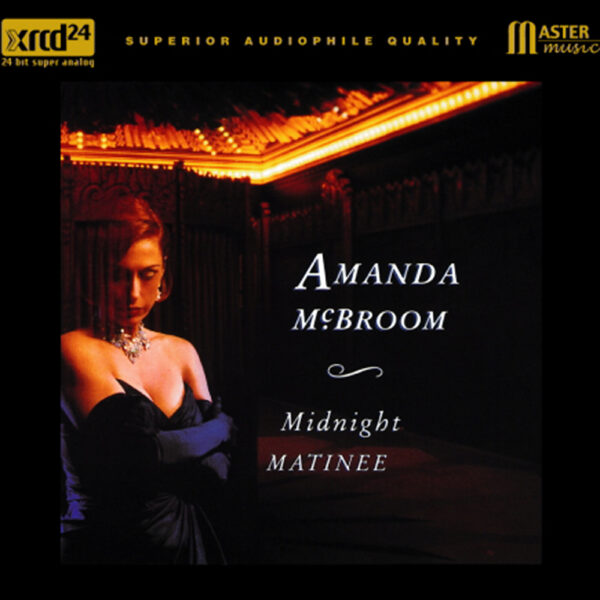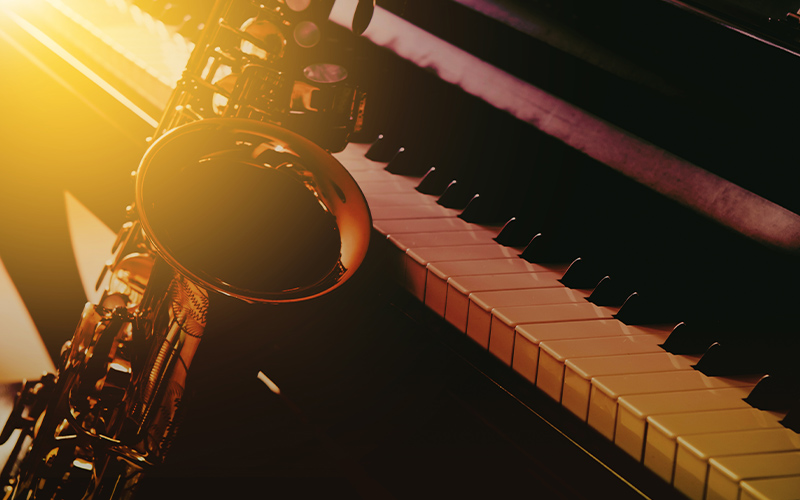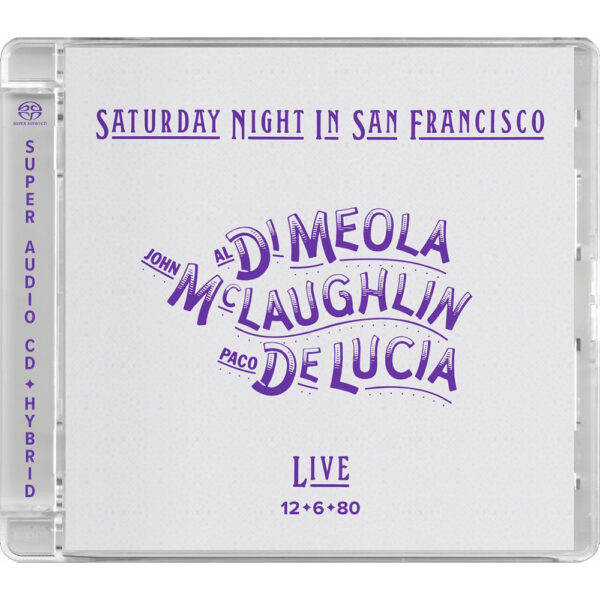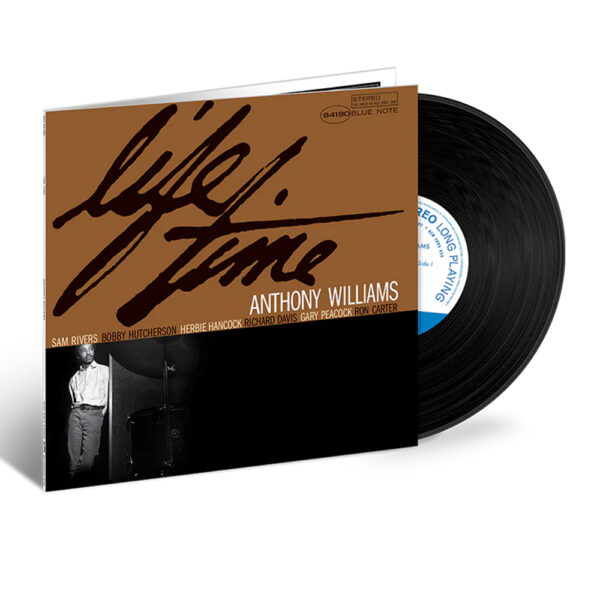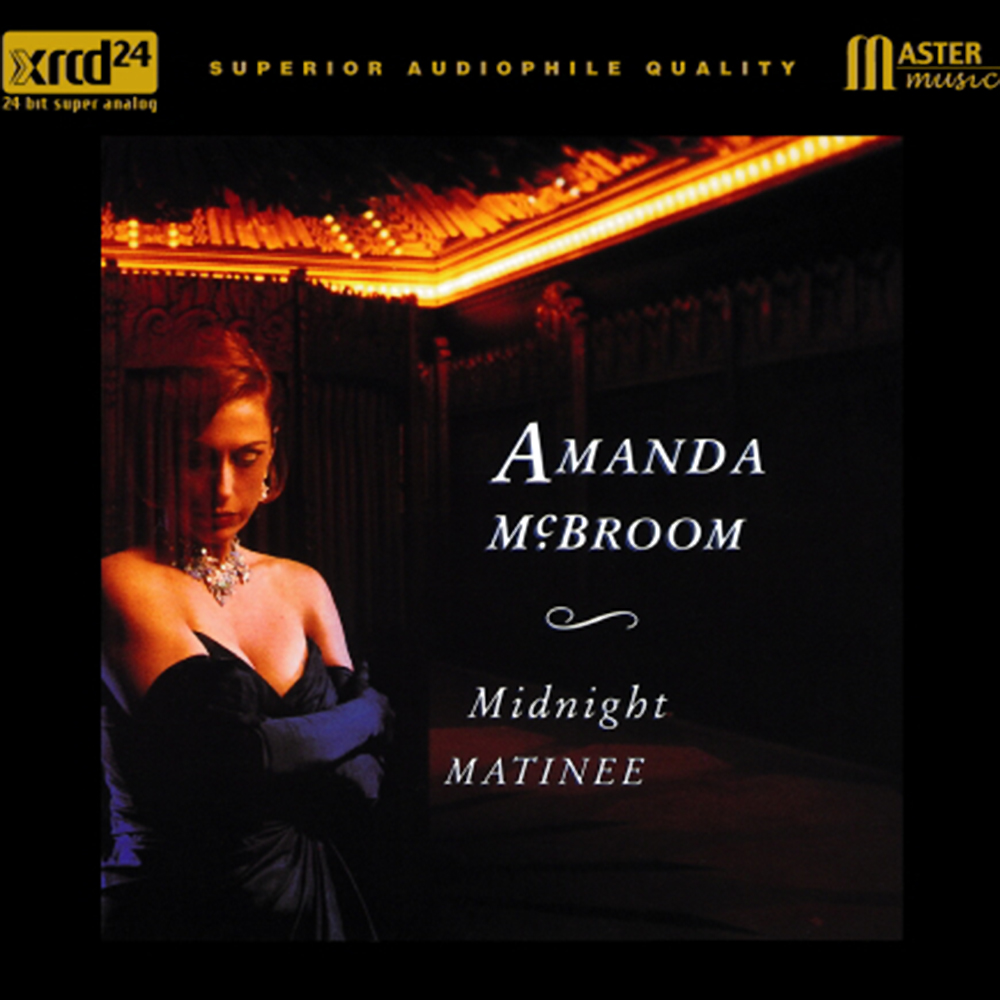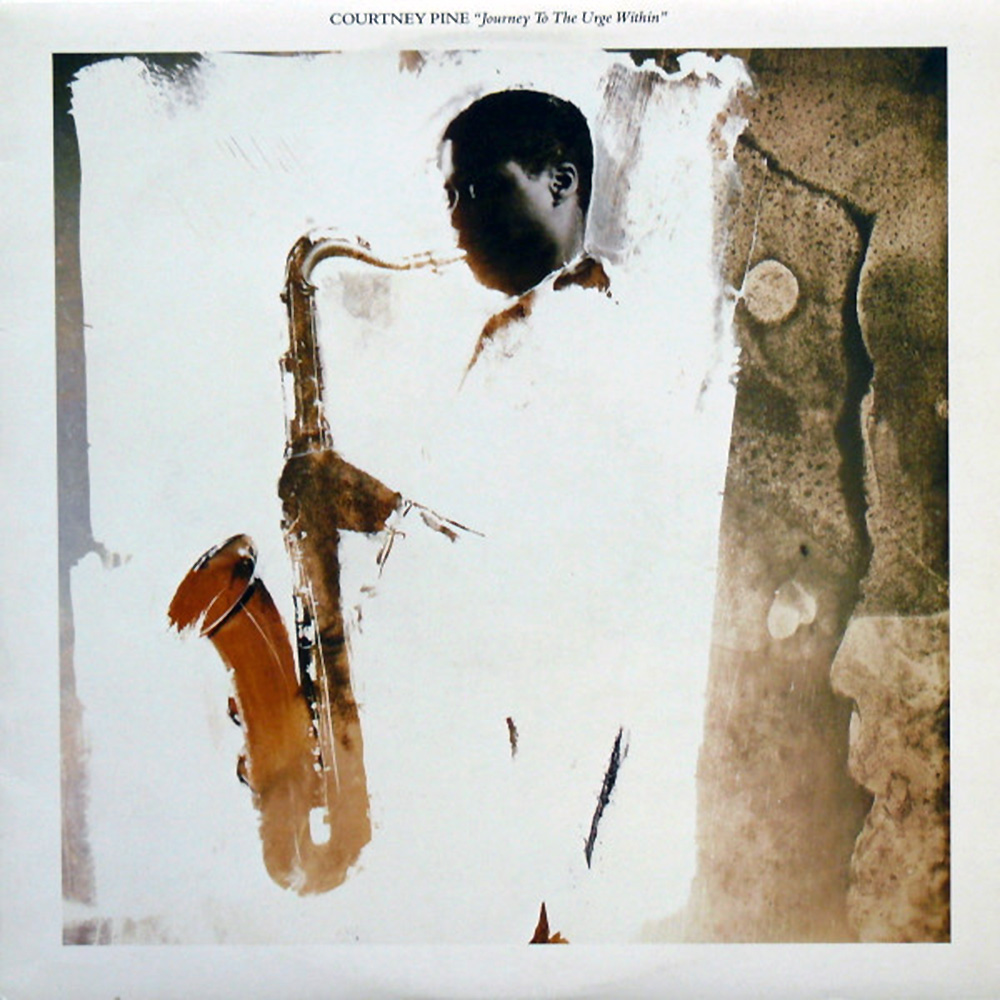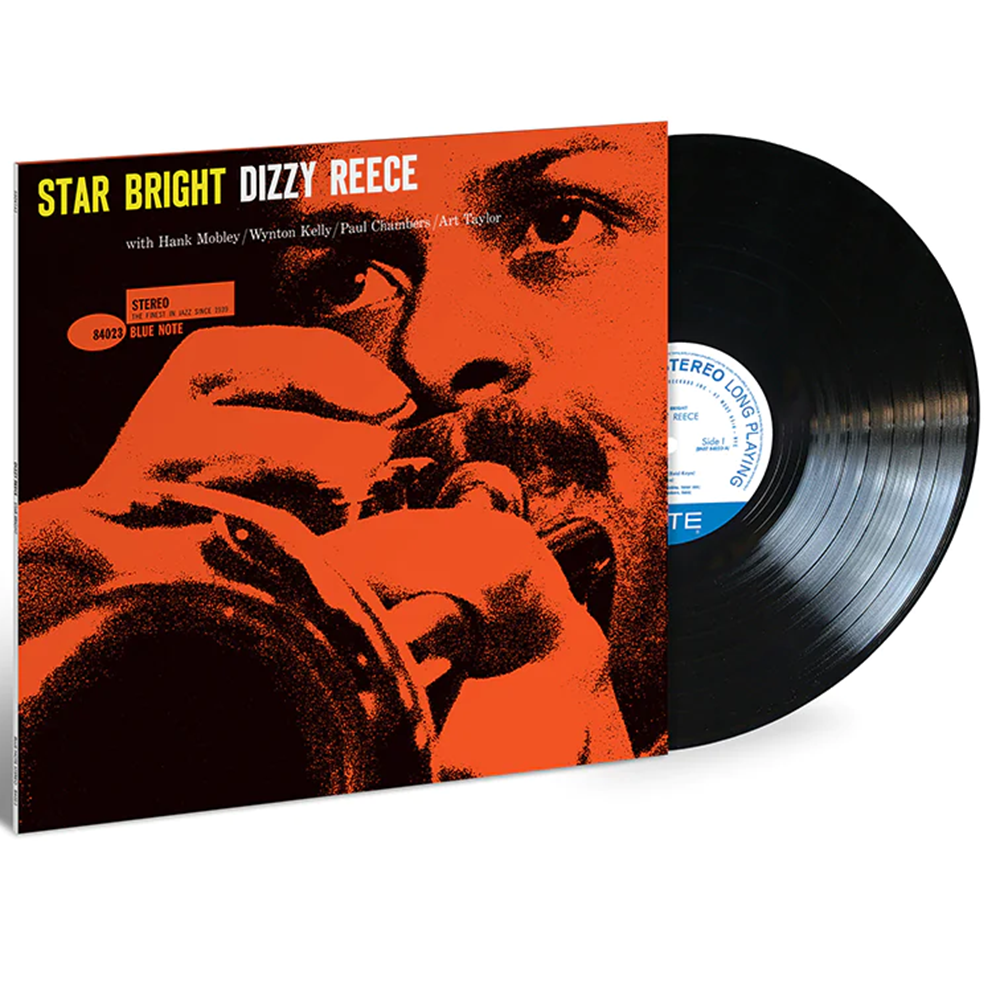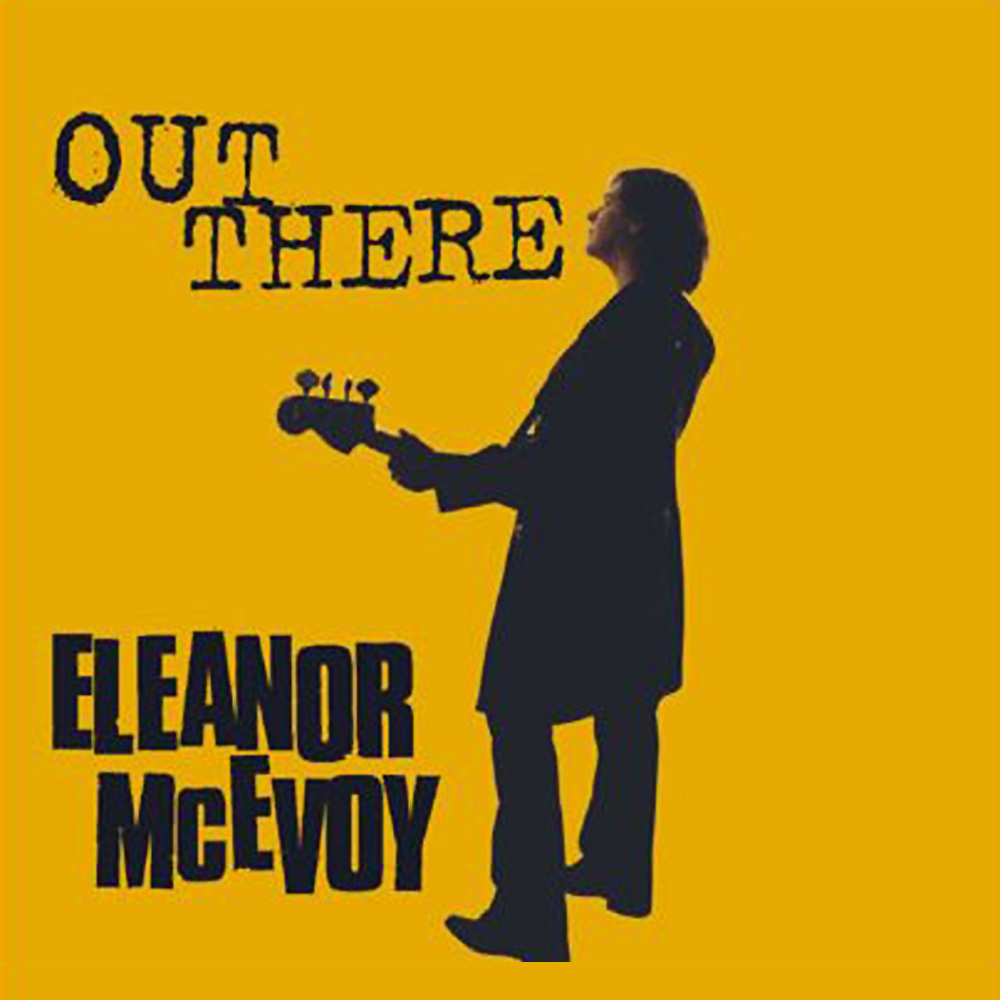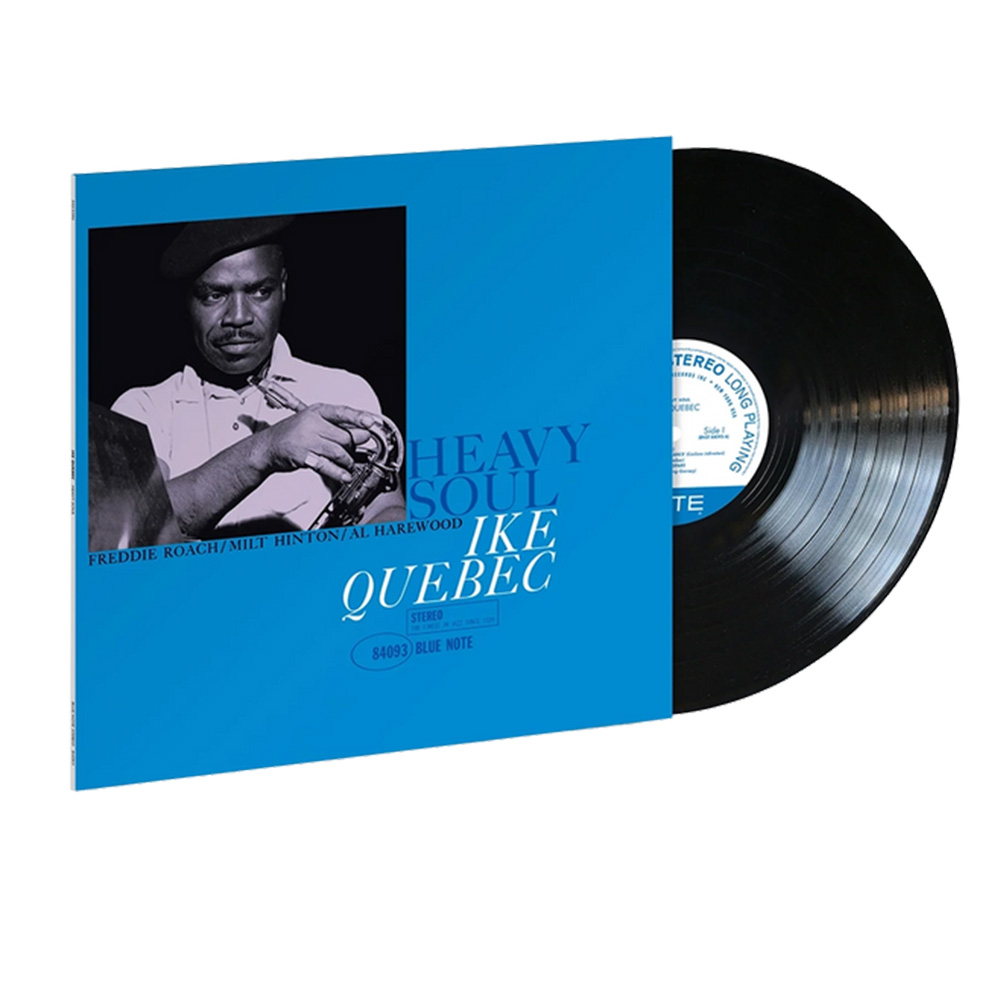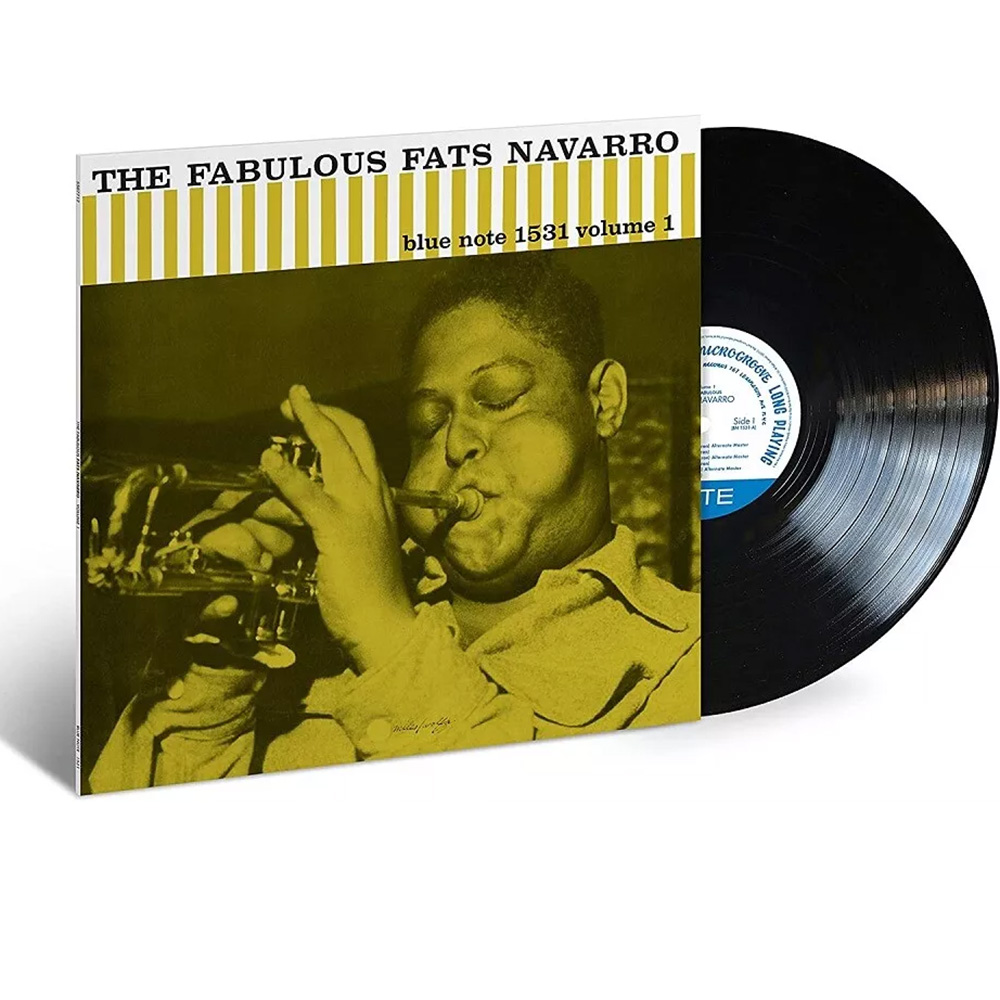The Duke Jordan Trio So Nice Duke XRCD24
Jordan had a long solo career from the mid-1950s onwards, although for a period in the mid-1960s he drove a taxi in New York to get more money. After periods accompanying Sonny Stitt and Stan Getz, he performed and recorded in the trio format. His most notable composition, “Jordu,” became a jazz standard when trumpeter Clifford Brown adopted it into his repertoire.
This is a pure analog tape recording. Mastered utilizing JVC 24bit AD Converter with Digital K2, Rubidium clock.
Note: About 2 seconds in the beginning of first track, there is tape flutter noise caused during the recording.
Features:
Mastered Using K2 Technology!
Mastered by Tohru Kotetsu at JVC Mastering Studio in Japan, June 6, 2014
Superior Audiophile Quality
24-bit Super Analog
Musicians:
Duke Jordan, piano
Jesper Lundgaard, bass
Aage Tanggaard, drums
Track Listing
1. Tea For Two
2. Stardust
3. My Funny Valentine
4. Jor-Du
5. Kiss of Spain
6. All the Things You Are
7. Solitude
Total playing time, 44:53
Recorded live at Nagaya on June 14, 1982.
Original album produced by Takeshi “Tee” Fujii for Three Blind Mice (TBM)


